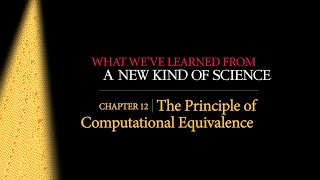Tagged Deterministic Finite Automaton
In the automata theory, a tagged deterministic finite automaton (TDFA) is an extension of deterministic finite automaton (DFA). In addition to solving the recognition problem for regular languages, TDFA is also capable of submatch extraction and parsing. While canonical DFA can find out if a string belongs to the language defined by a regular expression, TDFA can also extract substrings that match specific subexpressions. More generally, TDFA can identify positions in the input string that match tagged positions in a regular expression (tags are meta-symbols similar to capturing parentheses, but without the pairing requirement). (Wikipedia).



















